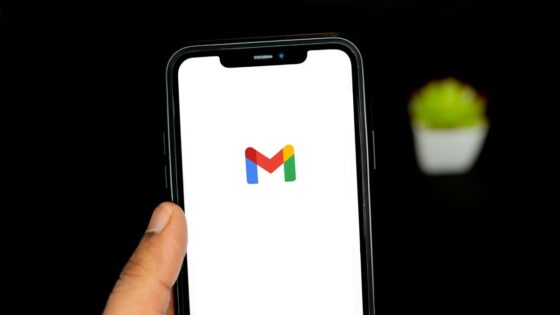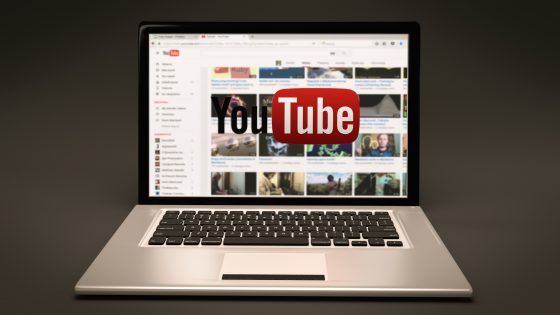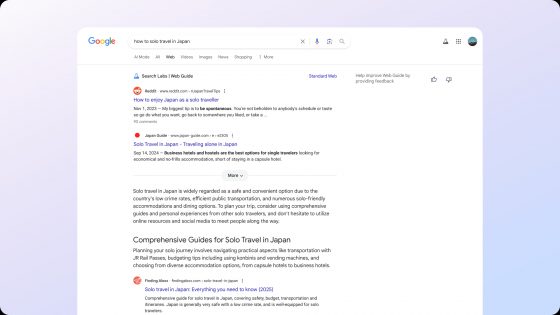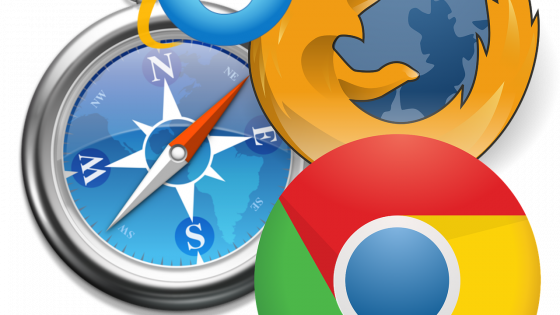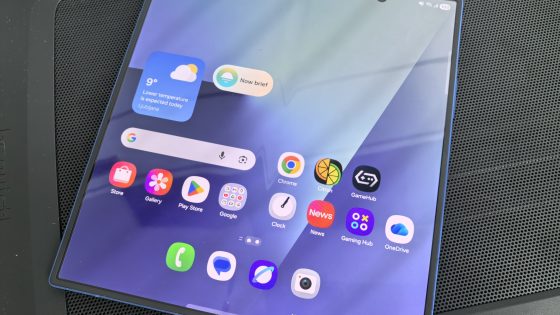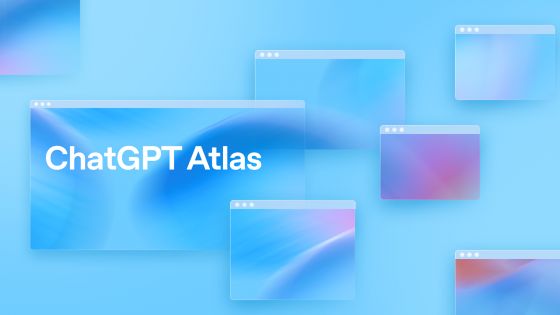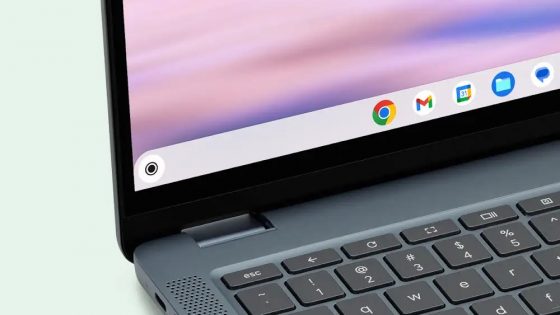Microsoft upgrades Edge – Copilot Mode becomes a full-featured UI browser

Microsoft UI executive Mustafa Suleyman wrote in a blog post that Copilot Mode is evolving into a “dynamic, intelligent companion.” With the user’s permission, Copilot will be able to access open tabs, summarize and compare information, and even perform actions like booking a hotel or filling out online forms.
From a test function to a smart assistant
Copilot Mode was officially introduced in its basic form back in July. At that time, we saw the search bar in new tabs and voice navigation. But back then, the mode was optional and didn't attract much attention. This time, Microsoft is introducing a significant expansion - the "Actions" and "Journeys" features, which allow you to automatically fill out forms and follow links between open tabs.
Parallels with OpenAI Atlas
The launch coincided with the launch of OpenAI's Atlas browser, suggesting that the two companies are in direct competition. Although Microsoft has been developing Copilot Mode for months, the similarities between the two products are not negligible - from the interface with the AI assistant to the parallel conversation window. The main difference is that Copilot is placed in a new tab, while Atlas works in a split screen.
Part of the similarity is due to user expectations, as users want clean and transparent browsers. To achieve this, there are only a limited number of ways to integrate a dialog into the browser interface. The key difference will likely be in the underlying UI model - Microsoft's Copilot is based on OpenAI GPT-5, adapted for Edge, which should provide faster and more contextually accurate responses.
Impact on the Browser UI Market
With the launch of Copilot Mode, Microsoft is entering a direct competition with OpenAI, Google, and smaller startups developing their own browser UIs. Although the market is still in its early stages, it is clear that future web browsers will become increasingly intelligent, adaptive, and automated, which could completely change the way users access information online.



